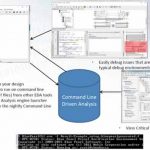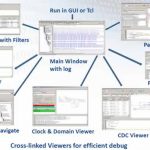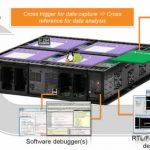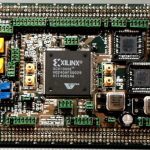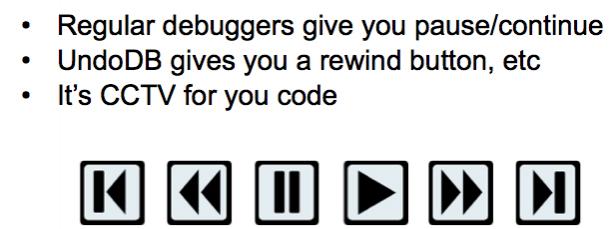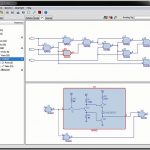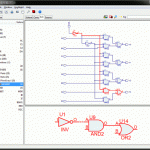Our previous Blue Pearl post looked at the breadth of contextual visualization capability in the GUI to speed up debug. Two other important aspects of the ASIC & FPGA pre-synthesis workflow are automating analysis with scripts and managing the stream of messages produced. Let’s look at these aspects… Read More
Tag: debugging
Debugging is the whole point of prototyping
The prototype is obviously the end goal of FPGA-based prototyping, however success of the journey relies on how quickly defects can be found and rectified. Winning in the debug phase involves a combination of methodology, capability, and planning. Synopsys recently aired a webinar on their HAPS environment and its debug ecosystem.… Read More
Design units come to faster Riviera-PRO release
For the latest incremental improvements to its Riviera-PRO functional verification platform, Aldec has turned to streamlining random constraint performance. The new Riviera-PRO 2016.02 release also is now fully supported on Windows 10 and adds a new debugger tool.… Read More
A Brief History of FPGA Prototyping
Verifying chip designs has always suffered from a two-pronged problem. The first problem is that actually building silicon is too expensive and too slow to use as a verification tool (when it happens, it is not a good thing and is called a “re-spin”). The second problem is that simulation is, and has always been, too slow.
When Xilinx… Read More
Cadence and Reverse Debugging
I wrote back in March about Undo Software. They have a reverse debugging solution called UndoDB (the DB is for debug, not database). I have a soft spot for reverse debugging ever since seeing one of the engineers at Virtutech type reverse single step and seeing the code back up a single instruction and realizing that literally months… Read More
Undo Your Code
When I was a Virtutech a few years ago we had a product called Hindsight. It looked close to magic when you used it since it allowed you to run code backwards. I assume that the technology is still lurking under the hood in Wind River’s Simics product, now part of Intel. The way the code worked is that as the software executed, Simics… Read More
Mark your Date for Semiconductor Design Vision
A very popular acronym is ‘WYSIWYG’ – What You See Is What You Get! This is very true and is important to visualize things to make it better in various aspects such as aesthetics, compactness, organization, structure, understandable for correction and so on; the most important, in case of semiconductor design, is being able to identify… Read More
What Makes A Designer’s Day? A Bottleneck Solved!
In an environment of SoCs with tough targets of multiple functionalities, smallest size, lowest power and fastest performance to achieve within a limited design cycle window in order to meet the rigid time-to-market requirements, any day spent without success becomes very frustrating for a designer. Especially during tape-out… Read More
Webinar: Parasitic Debugging made easy!
We cordially invite you to attend this webinar and learn how to quickly debug post layout designs. Concept Engineering is a privately held company based in Freiburg, Germany. It was, founded in 1990 to develop and market innovative schematic generation and viewing technology for use with logic synthesis, verification, test … Read More


